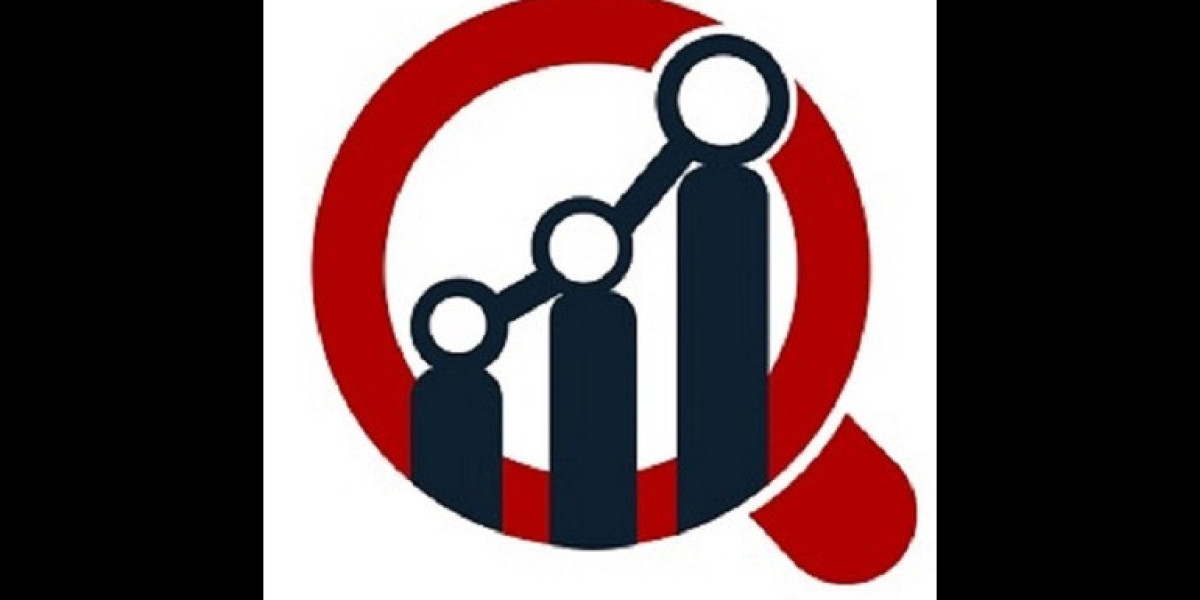The US Property Insurance Market Size is expanding steadily as homeowners, businesses, and real estate investors seek comprehensive protection against natural disasters, accidents, and property-related risks. Increasing awareness of risk management, rising property values, and evolving regulatory frameworks are driving the demand for property insurance across the United States. Insurers are focusing on innovative policy offerings and tailored coverage solutions to meet the dynamic needs of customers.
Industry participants are investing in Property Insurance Development to improve underwriting accuracy, claims processing, and customer engagement. Leading Property Insurance Manufacturers are leveraging advanced technologies such as predictive analytics, IoT-enabled risk monitoring, and AI-driven claims assessment to enhance operational efficiency and policyholder satisfaction. Continuous Property Insurance Innovation is enabling insurers to offer more personalized, flexible, and cost-effective solutions.
The Property Insurance Outlook remains promising, with technological advancements and data-driven insights reshaping the industry. Complementary markets, including the Organic Waste Management Solution Market and the Financial Analytics Market, are also benefiting from digital tools that optimize operational efficiency, risk assessment, and strategic decision-making.
With sustained demand for risk protection and continuous innovations in policy design and claims management, the US Property Insurance Market is expected to witness strong growth in the coming years.
FAQs
Q1: What factors are driving the growth of the US Property Insurance Market Size?
The market is driven by rising property values, awareness of risk management, increasing natural disasters, and the demand for tailored insurance solutions.
Q2: How are insurance providers innovating in the property sector?
Providers are leveraging AI, predictive analytics, IoT-enabled monitoring, and automated claims processing to improve policy efficiency, customer experience, and risk assessment.








